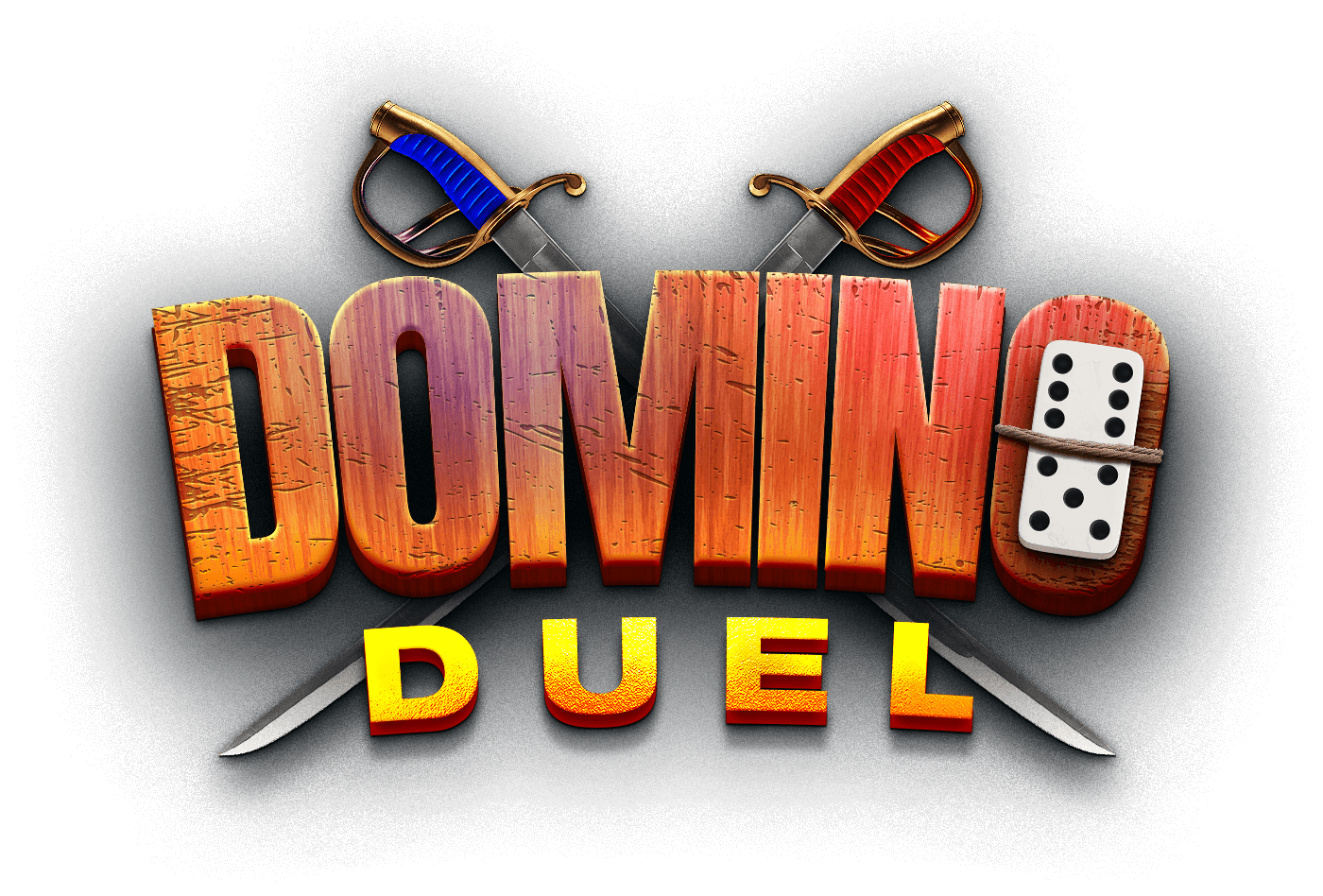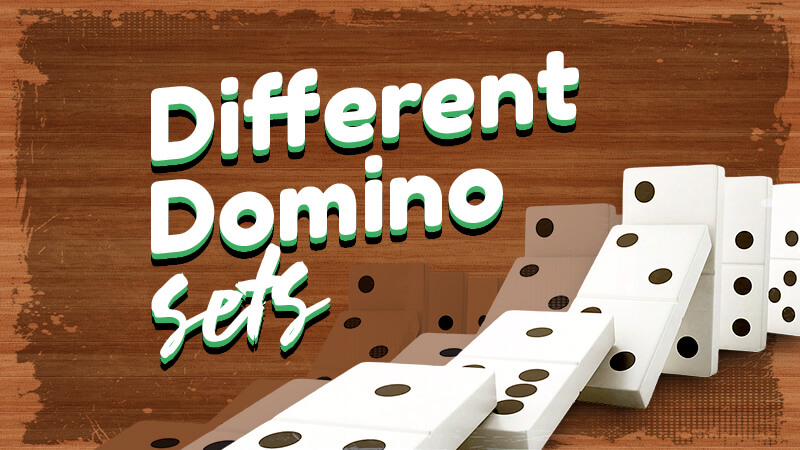
How Many Pieces Are in a Domino Set?

Today, we will explore the history of the domino game, the variations of sets, and the structure of a standard set, and finally uncover the answer to the intriguing question: “How many pieces are in a domino set?” Get ready to unlock the secrets of our beloved game!
History of Dominoes
As dominoes spread across different regions, variations, and regional differences emerged. In Europe, the most common version is the “double-six” set, where each piece contains two numbers from zero to six. In the Caribbean, a “double-nine” set is often used, featuring pieces with numbers from zero to nine. In Mexico, the “double-twelve” set is popular, expanding the range of numbers even further.
The dominoes game encourages strategic thinking, problem-solving, and social interaction. The gameplay involves players taking turns to match the numbers on their tiles with those on the board or with other players’ tiles. The objective is to be the first to play all of one’s tiles or to score the most points by the end of the game.
The games have many variations, such as the popular Block, Draw, Mexican Train, and All Fives (muggins). The simplicity of the rules combined with the strategic depth of the game makes dominoes a favorite pastime for people of all ages and backgrounds.
How many pieces are in a domino set?
The traditional, or standard set contains 28 tiles, each representing a possible combination of the numbers between 0 and 6. This type of domino set is called a Double-six. The name comes from the highest-value pieces, mainly the one with a total of 12 pips.
Other domino sets, or “extended sets” are available for the advanced domino lovers. These sets are for games meant to be played with more than 4 participants. These are:
- Double-nine: A double-nine domino set consists of 55 tiles, encompassing all combinations of the numbers from 0 to 9. This extended set allows for more complex scoring systems and challenging game variations.
- Double-12: The double-12 domino set is larger, comprising 91 tiles. It includes pairs of numbers ranging from 0 to 12 on each tile. With this increased piece count, players can engage in games that require higher numbers and more intricate gameplay strategies. The double-12 set allows for longer sequences and more diverse combinations, enhancing the depth and excitement of dominoes.
- Double-15: For those seeking even more tiles and greater gameplay possibilities, the double-15 domino set offers 136 tiles. This extensive set expands the range of numbers up to 15, enabling players to devise even more intricate strategies and execute complex plays. The double-15 set caters to players who enjoy longer games and more strategic depth.
- Double-18: At the pinnacle of complexity and gameplay options, the double-18 domino set boasts a staggering 190 tiles. This set encompasses pairs of numbers from 0 to 18, offering the highest range available. With the double-18 set, players can immerse themselves in highly intricate games and advanced strategies that demand careful planning, sharp calculation, and tactical maneuvers.
Historically, dominoes have been made from a variety of materials, including bone, ivory, and wood. In modern times, most domino sets are made from plastic, resin, or acrylic. These materials offer longevity, resistance to wear and tear, and a smooth surface for easy shuffling and manipulation of the tiles.
Alternative domino sets
For instance, you can find smaller sets with 21 tiles, known as truncated domino sets. These are often used for introducing dominoes to young children or for players who prefer a less complex version of the game. By reducing the number of tiles, truncated sets help to streamline the gameplay and make it easier for beginners to grasp the basic rules and strategies of dominoes.
Another example is the Cuban domino set, also known as the Cuban-style domino set. This type of domino set features distinctive symbols, designs, and markings that differentiate it from standard sets. These symbols often reflect elements of Cuban culture, such as national emblems, historic figures, or traditional motifs.
The Cuban domino set typically consists of 28 tiles, similar to the standard domino set. However, the visual representation of the numbers on the tiles may vary. In addition to the visual differences, Cuban dominoes are known for their vibrant colors and artistic embellishments. The tiles are often hand-painted or decorated with intricate patterns, adding an aesthetic flair to the game.
The Cuban domino set holds a special place in Cuban culture, serving as both a popular pastime and a symbolic representation of national identity.
As we bring this journey to a close, we encourage you to delve further into the fascinating realm of dominoes. There is always more to discover, more strategies to master, and more joy to be found in the timeless game of dominoes. Let the tiles guide you to new adventures!
Now read our post on Different Types of Domino Games.
This product is intended for people over 18 years of age for entertainment purposes. This game includes in-app purchases. Practice or success in social casino gambling does not imply future winnings in real money gambling and gambling in general.



